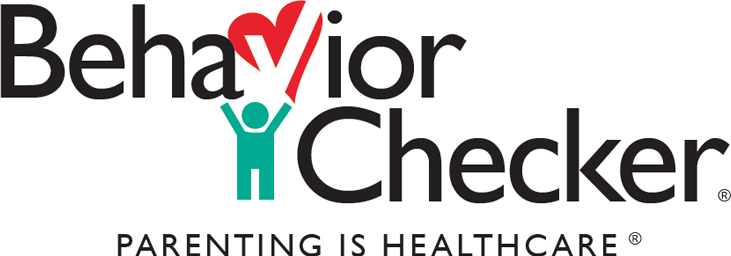Childproofing Safety Checklist
Alarming statistics show that accidents constitute the number one cause of death in young children. Most accidents occur as a result of children’s normal, healthy curiosity. Chances of getting hurt increase as children creep, crawl, walk, climb, and explore.
For example, even if you think that children don’t know there’s a gun in the house, there is a good chance that they do…and will find it. Some children can’t tell the difference between a toy gun and a real gun. Children as young as 3 years old may be strong enough to pull the trigger on a handgun.
Unlocked guns in the home can cause other problems, if depressed children or teenagers become suicidal or arguments between family members get out of control. In addition, ask the adults in homes where your children play if there are guns on the premises. Ask how the guns are stored. If you’re not comfortable with the answers, offer your home as an alternative play site. The following checklist identifies steps you and everyone on your parenting team need to take to prevent accidents at your (or their) home or preschool/childcare center/school/camp.
- Always keep guns and knives locked safely away from children. Each gun should have its own trigger lock, and ammunition should be locked in a separate location out of reach of little hands.
- Install childproof latches on all cabinets and drawers that contain dangerous objects, such as small items that could choke, and sharp and pointy things.
- Crawl through the house on your hands and knees to spot enticing hazards to be remedied.
- Plug empty electrical outlets with plastic plugs designed for this purpose.
- Remove unused extension cords and hide those in use.
- Move large pieces of furniture in front of electrical outlets that have cords plugged into them, or install protective outlet coverings that prevent a child from unplugging the cord.
- If small tables or other furnishings are not sturdy, have sharp corners or glass tops or doors, put them away until your child is older or install protective coverings on sharp edges.
- If there are large pieces of furniture, such as TVs and dressers that a child can climb and tip over, secure them to a nearby wall.
- Place dangerous household substances—such as dishwasher and other detergents, laundry pods, cleaning fluids, razor blades, matches, and medicines—well out of reach in a locked cabinet.
- Install a proper screen on a fireplace.
- Always use a correct car seat in your automobile.
- Regularly check toys for sharp edges, as well as small or broken pieces.
- Check the floor for small objects that your child could swallow or choke on.
- Put a gate on a stairway to prevent unsupervised play on the stairs.
- Never leave your baby unattended on a changing table, or baby and older child unattended in the bathtub, on a couch, on your bed, in an infant seat or highchair, on the floor, or in a car.
- Place small, fragile tabletop items out of your child’s reach.
- Keep the door to the bathroom closed at all times. Use a childproof doorknob cover if your child knows how to turn the doorknob.
- Install safety latches on toilet lids.
- Keep plastic bags and small objects (pins, buttons, nuts, hard candy, and coins) out of reach at all times.
- Make sure toys, furniture, and walls are finished in lead-free paint, and be especially aware of chipping and peeling paint. Check labels to make sure toys are nontoxic.
- Teach the word "hot" as early as you can. Keep your child away from the hot oven, iron, vent, fireplace, wood stove, barbecue grill, cigarettes, cigarette lighter, teacups, and coffee cups.
- Always turn pot handles inward when cooking and remove control knobs from the stove when not in use.
- Install safety latches for stand-alone freezers and oven doors, if they don’t have locks.
- Always raise crib sides to the up position when your baby (even a tiny infant) is in the crib.
- Do not hang a tablecloth off a table within reach of your child
- Never tie toys to a crib or playpen. Your baby could strangle on the string. Also, never attach a pacifier to a string that could get wrapped around your baby’s neck.
